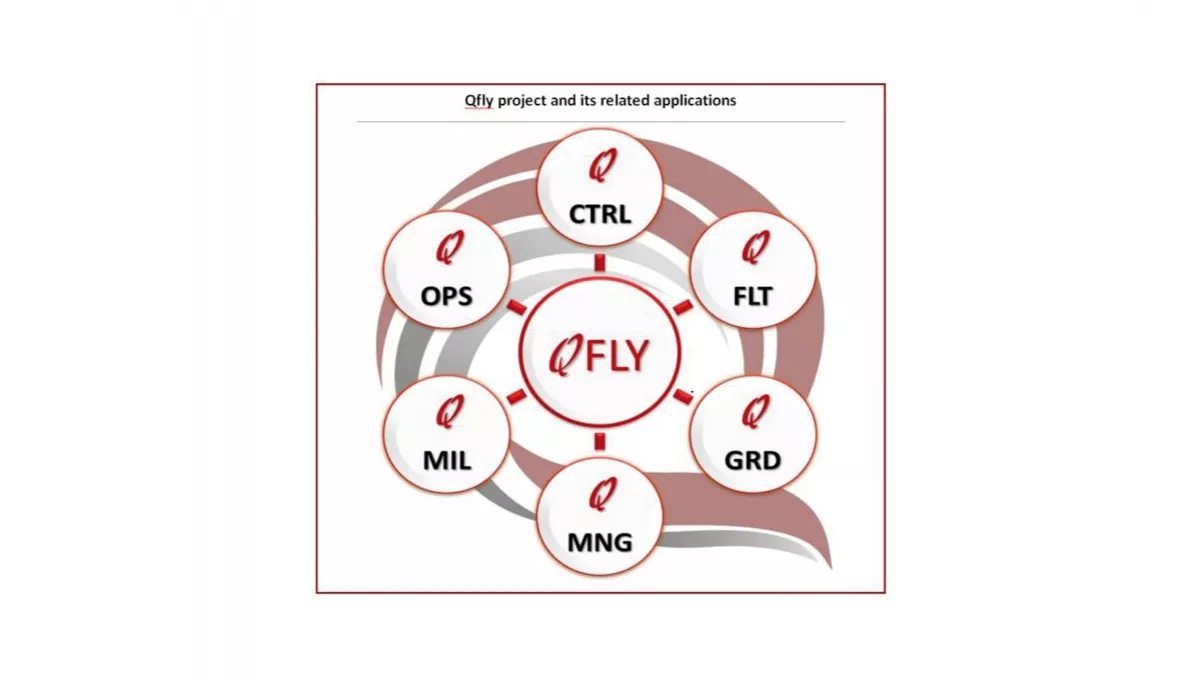
A smart application Qfly, has been developed by a Qatari Aeronautical Academy graduate. The application will contribute to improving navigation and communications between pilots and air traffic control (ATC). It will work on ground and sky and will act as the optimum replacement of ordinary radio communications systems with new ones along with new ideas of navigation aids, which facilitates the work of air traffic controllers and aircraft crew. It can also act as a saviour during emergency situations and contribute chiefly to save lives of passengers and crew.
Engr. Mostafa Al Sayed, who is also a licensed pilot in South Africa, said Qfly was developed through his study and specialisation in the field of aviation, and knowledge of the problems faced by pilots and air traffic controllers. It is a set of applications for different users and has other privileges that facilitate the work of pilots and controllers including safety, navigation and communications.
The app also addresses the problem of ground-based directives and instructions for aircraft including taxiing aircraft and ground vehicles. It also enables the controller, management of the airline and others to follow up on the flight crew and give them necessary instructions which the crew does not hear well, especially if the airport is crowded, and the airspace is busy. This is to avoid any accidents or misunderstanding of the controllers’ instructions.
The controllers will have a simple written instructions which will be delivered to the pilots to avoid misunderstanding, bad signal, and unclear radio voices.
As a solution for aircraft ground operation, the crew will be able to see full taxiway route and specific route for each aircraft along with timers, signal lights to cross intersections, priority of taxiing and crossing. All of the data and controlling will be from the controller without the need to address pilots through radio.
“The application also presents the black boxes in a different way, as the two black boxes record flight data and the voices of the pilots only now; and in the event of a plane crash or falling into the sea, these boxes sometimes are damaged, and the processes of finding and searching for them are difficult and laborious and costly, apart from restoring data which will take months of continuous work.
Bearing in mind that the cockpit voice recorder has ability only to store two hours of cockpit voices, the Qfly application makes a live and recorded broadcast and streaming to the application servers for the cockpit conversations and flight data. It also has the written information from the controllers, for its airline, along with operation and redundant solutions in case of signal interruption or loose connections,” Engr. Al Sayed said.
“There is a device called TCAS (Traffic Collision Avoidance System) that sends waves in the plane and warns the crew of the presence of other planes, but the problem is that it is not available in all planes, and the application solves many of these problems by stating the actual routes of aircraft + flight plan where the app, from these information can predict the close to danger areas and warn pilots. This service is likewise available even in small aircraft and helicopters,” he explained.
